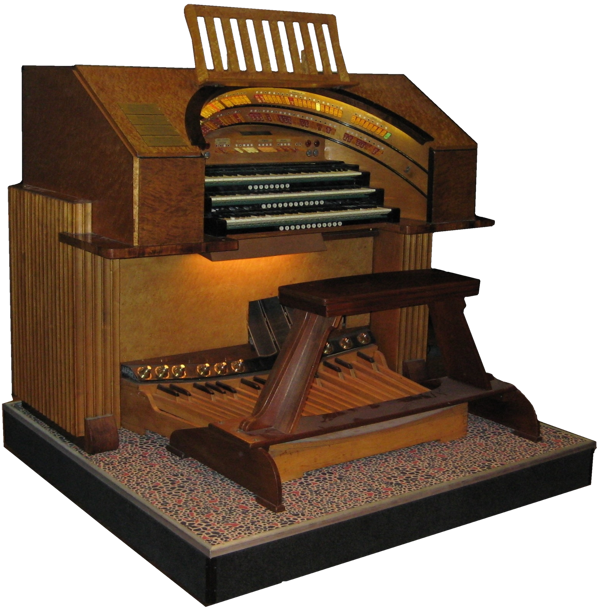Technique Theatreorgan pt 8
Technique behind the Theatre Organ part 8

Main storage bellows:
These ensure that there will always be enough wind capacity available, whether for loud music resulting in high wind consumption or for soft play.
The wind pressure is stored in a storage bellows and then distributed to the regulators who ensure that the wind chests receive the correct pressure.
Slider (S) shuts of the wind supply when the bellows are fully inflated.
Sometimes shutters are present to prevent the bellows from deflating too quickly when the motor is turned off.
Wind pressure regulation:

The wind motor in an organ supplies the pressure. An organ does not always play at the same high or low volume (dynamics) and therefore the pipes do not all work with the same wind pressure. Because of this, the organ wind is first stored in a sort of warehouse (bellows) and regulated so that the required amount of organ wind is always available.
Tension springs allow the bellows to move up and down easily enabling them to quickly provide the necessary amount of wind.
The regulator is fitted with one or more valves/pins, which help to maintain a constant wind pressure.
The illustration shows:
1) (bellows deflated) The wind can pass through the valve to the regulator.
In this situation a lot of wind is required (when playing with many registers).
The pressure from the springs causes the bellows to deflate quickly.
2) (bellows inflated) The valve is closed.
.






